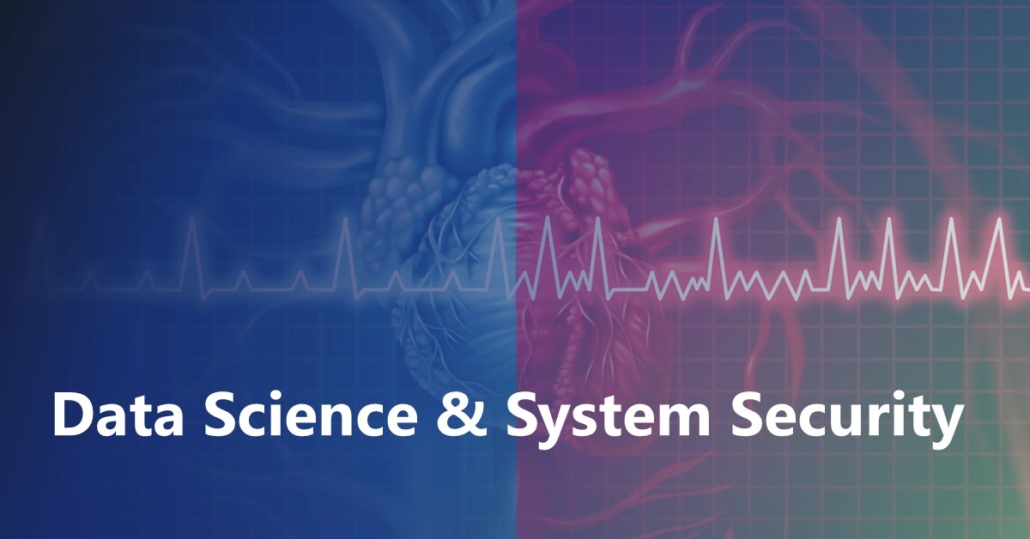NetWalk: A Flexible Deep Embedding Approach for Anomaly Detection in Dynamic Networks
Massive and dynamic networks arise in many practical applications such as social media, security and public health. Given an evolutionary network, it is crucial to detect structural anomalies, such as vertices and edges whose “behaviors” deviate from underlying majority of the network, in a real-time fashion. Recently, network embedding has proven a powerful tool in learning the low-dimensional representations of vertices in networks that can capture and preserve the network structure. However, most existing network embedding approaches are designed for static networks, and thus may not be perfectly suited for a dynamic environment in which the network representation has to be constantly updated. In this paper, we propose a novel approach, NetWalk, for anomaly detection in dynamic networks by learning network representations which can be updated dynamically as the network evolves. We first encode the vertices of the dynamic network to vector representations by clique embedding, which jointly minimizes the pairwise distance of vertex representations of each walk derived from the dynamic networks, and the deep autoencoder reconstruction error serving as a global regularization. The vector representations can be computed with constant space requirements using reservoir sampling. On the basis of the learned low-dimensional vertex representations, a clustering-based technique is employed to incrementally and dynamically detect network anomalies. Compared with existing approaches, NetWalk has several advantages: 1) the network embedding can be updated dynamically, 2) streaming network nodes and edges can be encoded efficiently with constant memory space usage, 3). flexible to be applied on different types of networks, and 4) network anomalies can be detected in real-time. Extensive experiments on four real datasets demonstrate the effectiveness of NetWalk.


